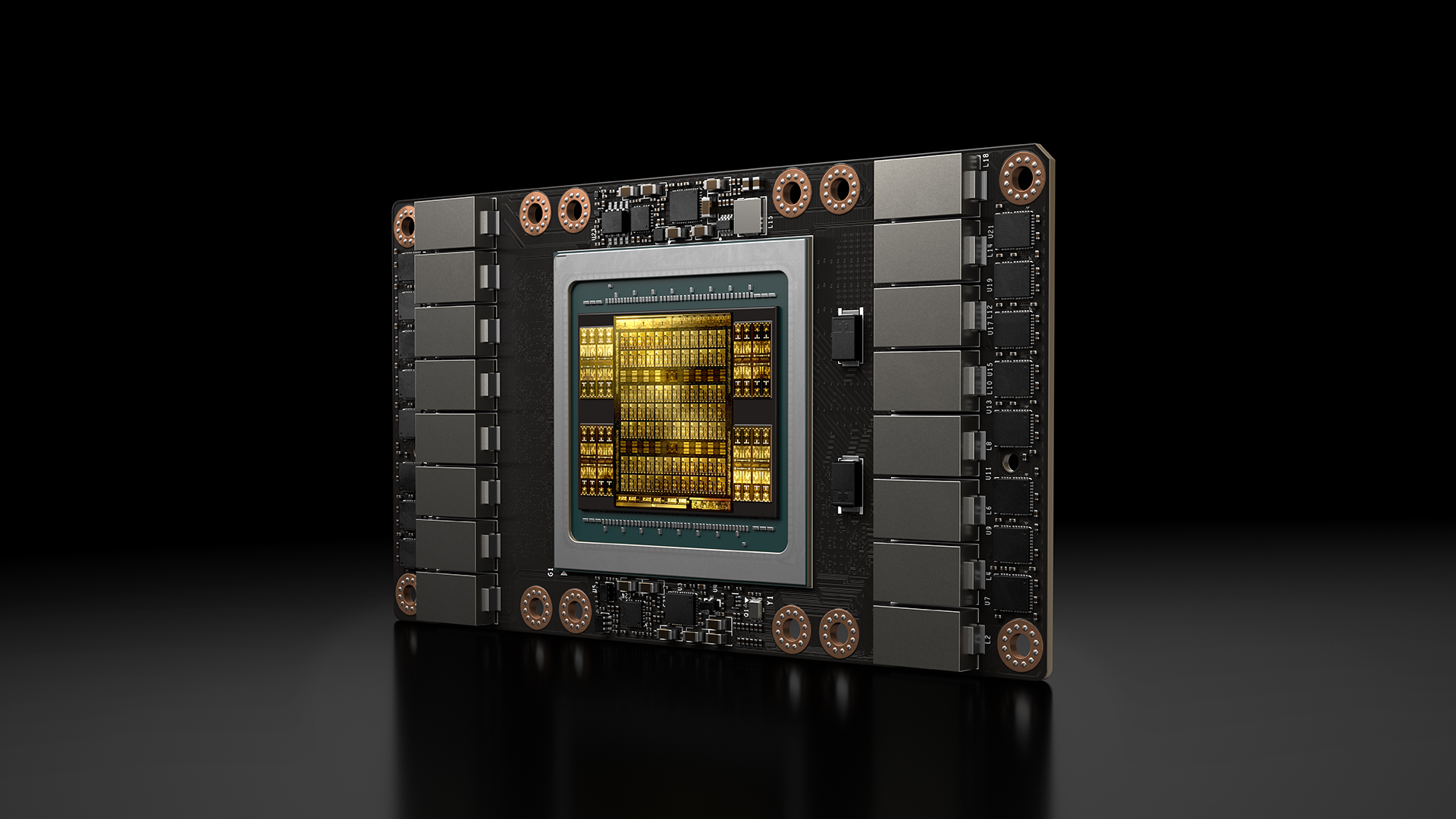Nvidia Could Possibly Tap Into TSMC's CoWoS Packaging For Next-Generation GPUs

According to a new DigiTimes report, Nvidia will be among one of the three major clients that will leverage TSMC's CoWoS packaging this year, with the other two being Xilinx and HiSilicon.
CoWoS (Chip-on-Wafer-on-Substrate) is a 2.5D packaging technology that integrates multiple chiplets onto a single interposer. The list of primary benefits includes a much smaller footprint, increase in bandwidth and reduction in power consumption.
Speaking of CoWoS, TSMC in conjunction with Broadcom recently developed a gargantuan interposer that measures 1,700 mm². In summary, the concept consists of binding multiple interconnected interposers together on a solo wafer. The new design is featured in an upcoming Broadcom HPC (high-performance computing) processor that's based on TSMC's EUV 5nm (N5) node. The improved CoWoS platform can house multiple system-on-chip (SoC) dies and up to six stacks of HBM high-bandwidth memory), totaling up to a whopping 96GB of memory. TSMC is touting a memory bandwidth up to 2.7 TBps, which is 2.7 times faster than the company's prior CoWoS platform that originated in 2016.

Coming back to Nvidia, the chipmaker is no stranger to CoWoS packaging. The technology is present on a number of high-end Titan, Quadro and Tesla graphics cards, dating back to the Pascal era. The GP100 (Pascal) and GV100 (Volta) silicons come out of TSMC's furnace and use CoWoS packaging. The first is based on the foundry's 16nm FinFET manufacturing process, while the latter profits from the 12nm node.
AMD's Vega 20 7nm silicon is also packaged with CoWoS. DigiTimes didn't include AMD on its top three list, which means Nvidia, Xilinx and HiSilicon will ultimately gobble up TSMC's CoWoS production capacity. The foundry will reportedly pump out between 6,000 to 8,000 wafers per month so there should be enough product to go around.
In any event, we don't expect Nvidia's consumer graphics cards to feature CoWoS technology due to the high costs that it would post to the consumer. The chipmaker will probably turn to CoWoS for its Quadro and Tesla offerings like in the past. Ampere is the codename for Nvidia's next-generation GPU architecture, but there hasn't been an indication that it will utilize a MCM (multi-chip module) design, though. Hopper, on the other hand, might rely on MCM.
We've already seen a trio of mysterious Nvidia graphics cards sporting ginormous amounts of CUDA cores and memory. Although we're unsure of their nature, the unidentified graphics cards should make use of one of Nvidia's upcoming GPU architectures.
Get Tom's Hardware's best news and in-depth reviews, straight to your inbox.

Zhiye Liu is a news editor, memory reviewer, and SSD tester at Tom’s Hardware. Although he loves everything that’s hardware, he has a soft spot for CPUs, GPUs, and RAM.